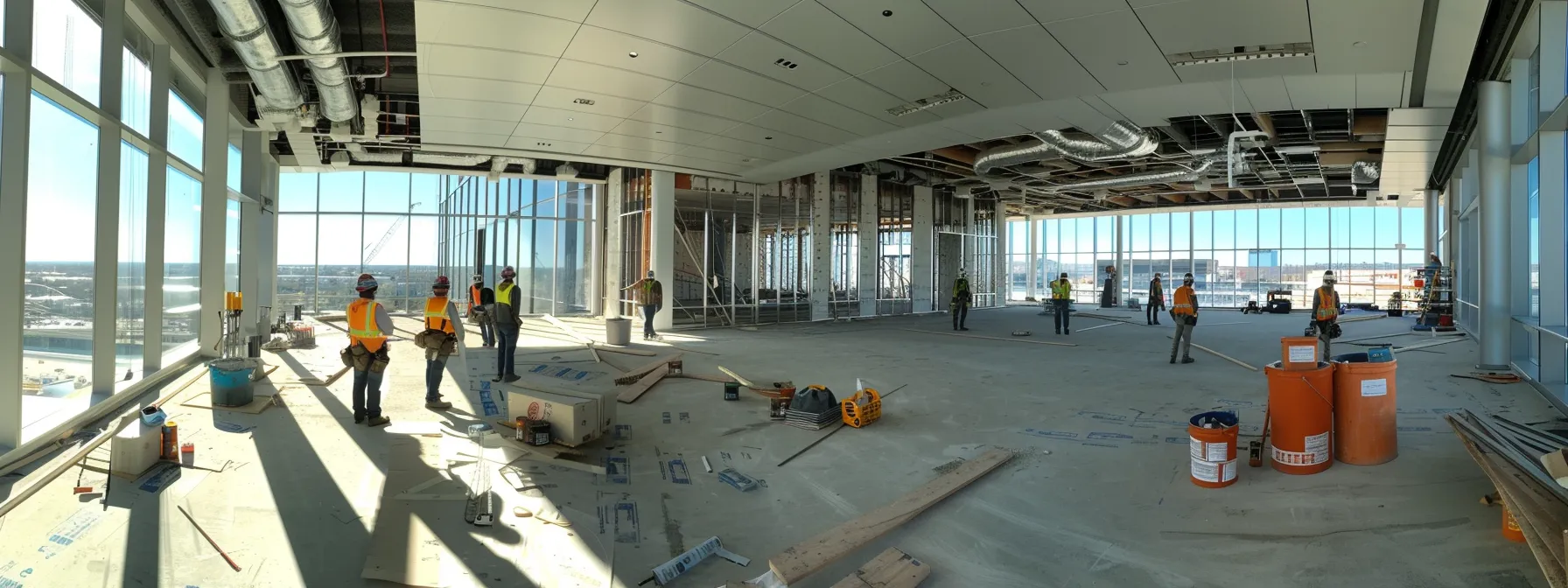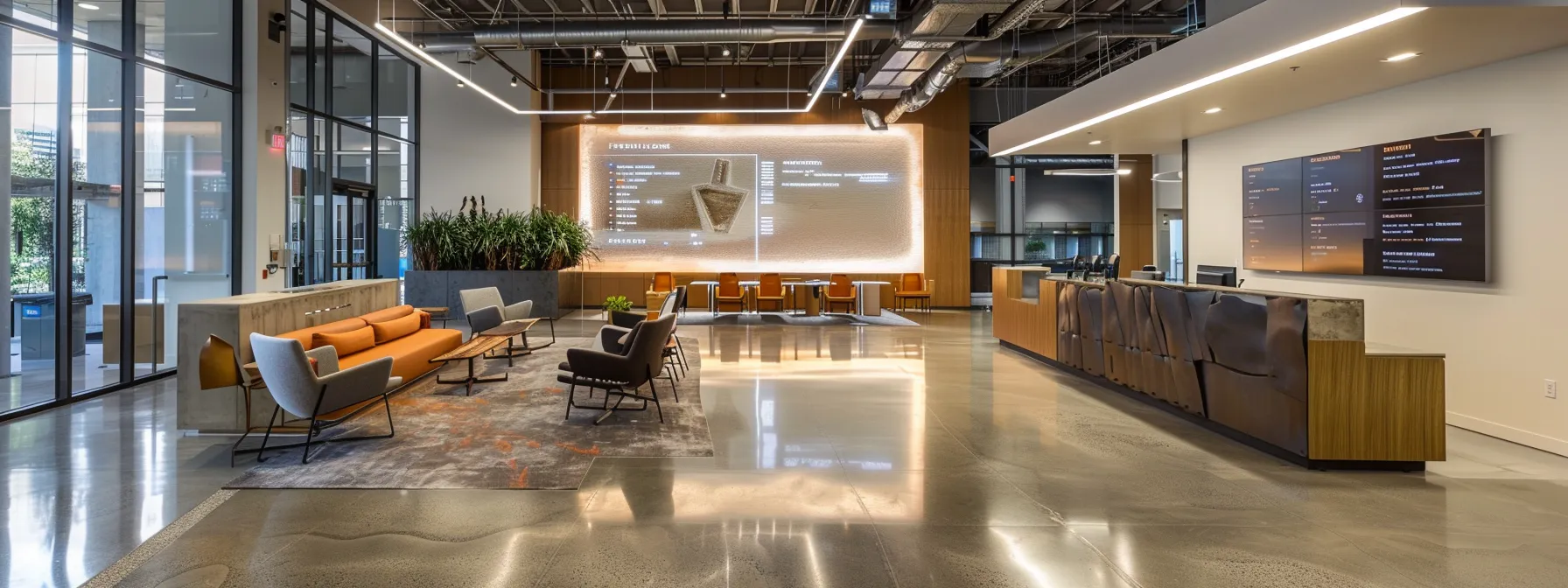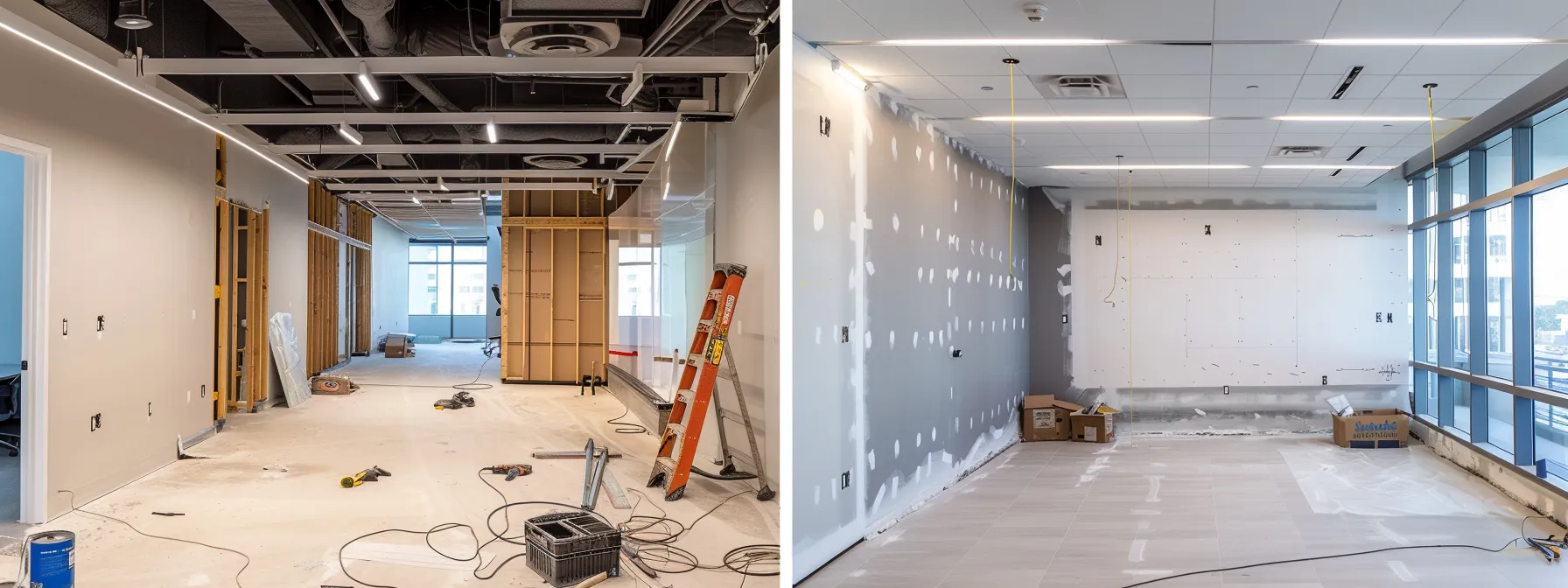Top Factors Influencing Drywall Installation Costs: A Comprehensive Guide for Your Project
Are you wondering why drywall installation costs vary so much from one project to another? Understanding the key factors that influence these costs can help you budget effectively for your home improvement project. This guide will cover essential elements like labor costs, additional expenses, and the impact of project size on pricing. By reading this content, homeowners will gain valuable insights to make informed decisions and potentially save money on drywall installation. Discover how to navigate the costs effectively and achieve a successful renovation without unnecessary financial strain.
Key Factors That Determine Drywall Installation Costs

Several key factors significantly impact drywall installation costs. Understanding the different types of drywall can guide homeowners in making informed choices, especially for spaces like bathrooms that require moisture-resistant options. Evaluating drywall thickness and the necessary level of finish will influence the overall fee, while room shape and height can alter the project’s complexity. Additionally, assessing the age of the home may reveal unique challenges, potentially affecting both costs and soundproofing needs.
Understanding Different Types of Drywall for Your Project
Understanding the various types of drywall can directly impact installation costs for a project. Homeowners should consider factors such as moisture-resistant drywall for bathrooms, which can prevent future damage and save profits in potential repairs. Effective communication with contractors about these choices can ensure the right materials are selected, along with the appropriate caulk for sealing and finishing around ceilings and joints, ultimately contributing to a successful installation.
Evaluating Drywall Thickness and Its Cost Implications
Evaluating drywall thickness plays a crucial role in determining installation costs for any renovation project. Thicker drywall can provide better soundproofing and durability, particularly in high-traffic areas, but it may also require additional framing or batten support, impacting overall expenses. Homeowners should seek a reliable contractor who understands local building codes and can conduct a thorough inspection to recommend the best thickness for their specific area, ensuring long-term value that aligns with mortgage considerations.
Analyzing the Level of Finish Required for Quality
The level of finish required for drywall installation significantly affects overall costs and aesthetic quality. Homeowners demanding a smooth finish should consider the added steps of sanding and applying primer, which contribute to labor expenses. Furthermore, opting for decorative details like crown molding can enhance visual appeal but will also increase installation complexity and costs, necessitating the use of the right adhesive and skilled craftsmanship.
Considering Room Shape and Height in Cost Estimates
Room shape and height are critical factors for any estimator assessing drywall installation costs. Custom architectural features or irregularly shaped rooms can increase labor intensity and require advanced interior design techniques, ultimately raising wages. Furthermore, ceiling height can influence material needs and installation complexity, impacting overall project expenses, which might also play a role in real estate appraisal valuations as well as future property assessments.
Assessing the Age of Your Home and Its Impact on Costs
The age of a home significantly influences drywall installation costs, as older structures may have unique attributes that require special considerations. For instance, homes built with concrete foundations may necessitate adjustments to meet current building code standards, which can affect the overall price of a renovation project. Furthermore, outdated framing techniques often require the use of a nail gun and additional materials to ensure a solid installation, ultimately impacting both time and costs associated with the drywall work.
Labor Costs and Their Role in Drywall Installation

Labor costs are a significant aspect of drywall installation, influenced by typical rates for installers and the complexity of the project. Factors such as the type of building material used, the foundation of the home, and moisture considerations can affect overall expenses. Additionally, the experience levels of drywall installers lead to cost variations, highlighting the need for homeowners to assess these elements before starting their projects. This section will delve into these aspects to provide a clearer understanding of labor costs associated with drywall work.
Typical Labor Rates for Drywall Installers
Typical labor rates for drywall installers vary based on several factors, including the length of the project, the complexity of the installation, and the specific requirements of each room. Customers should anticipate that more intricate designs or challenging layouts will lead to higher expenses due to the additional time and skilled labor needed. Engaging a qualified contractor will provide clarity on these costs and ensure that the project aligns with the homeowner’s budget and expectations.
Factors Influencing Labor Costs for Different Projects
Labor costs for drywall installation can vary significantly based on several factors, including the type of project and the skill level required. For example, installing drywall in a basement may involve additional challenges, such as moisture considerations and the use of specialized tools like a stud finder to locate framing properly. Furthermore, the complexity of the project, such as the application of mud for finishing, can require more skilled labor, which may increase costs and prompt homeowners to seek warranties to ensure quality workmanship.
Experience Levels of Drywall Installers: Cost Variations
The experience levels of drywall installers significantly influence labor costs, impacting overall home improvement projects. An expert in drywall construction typically commands higher rates due to their proficient skills, which can lead to superior results, particularly in complex areas such as around baseboards or ceilings. Evaluating the qualifications of the contractor can uncover ways to optimize costs while ensuring that the installation is not only efficient but also meets high-quality standards, thus protecting the homeowner’s investment in their property.
Additional Costs to Consider During Drywall Installation

Permits and inspections are crucial factors to consider, ensuring compliance with local regulations. Homeowners must also account for costs associated with removing old wall materials, which may require extra labor. Additionally, overhead for transportation and site preparation can influence overall expenses, particularly when factors like plywood installation and electrical wiring are involved. Understanding these considerations will aid in accurate budgeting for drywall projects.
Permits and Inspections: Navigating Local Regulations
Securing the necessary permits and undergoing inspections is a critical step in drywall installation, especially in bedrooms or other living spaces. These regulations ensure that all framing and finishes, whether using traditional plaster or modern shiplap, meet local building codes for safety and efficiency. Homeowners are encouraged to communicate with contractors about these requirements, as failure to comply may lead to costly delays or additional expenses down the line.
Costs for Removal of Old Wall Materials
The costs for removing old wall materials can vary significantly, affecting overall drywall installation expenses. On average, homeowners may expect to pay between $0.50 to $2.00 per square foot for the removal process, depending on the material being taken out, such as wood paneling or plaster. Additionally, factors like the need for waterproofing or applying joint compound in preparation for new drywall can also impact the resulting costs, making it essential for homeowners to budget appropriately for this phase of their project.
Overhead for Transportation and Site Preparation
Overhead for transportation and site preparation plays a vital role in the overall costs of drywall installation. This includes expenses related to delivering materials such as gypsum boards and primer to the job site, as well as the time and effort required to prepare the space, especially in areas like a shower or garage door installation. Collaborating with a general contractor can help homeowners ensure that these logistical aspects are managed efficiently, ultimately leading to a smoother installation process and potentially lower costs in the long run.
Cost Differences Based on Project Size and Scope

Pricing models for drywall installation vary significantly between small and large projects, affecting overall costs. Understanding how room type and size influence pricing is essential for homeowners, as different spaces present unique challenges. Additionally, project complexity plays a crucial role in determining expenses, making it vital to evaluate these factors to achieve a clear budget for any renovation.
Pricing Models for Small vs. Large Drywall Projects
When comparing pricing models for small and large drywall projects, homeowners typically encounter distinct cost structures. Small projects, such as patching or repairing walls, may be charged on a per-job basis, often resulting in lower overall expenses but potentially higher per-square-foot costs due to minimal economies of scale. Conversely, larger projects often allow for bulk pricing on materials and may benefit from reduced labor costs per square foot, making them more economical in the long run, especially when coordinated by experienced contractors who can efficiently handle complexity and logistics.
Understanding Costs by Room Type and Size
The costs associated with drywall installation can vary significantly depending on the room type and size. For instance, standard rooms like living areas or bedrooms may have more straightforward installation processes, often leading to lower costs. Conversely, specialized spaces such as kitchens or bathrooms require moisture-resistant materials and may involve more complex layouts, which can drive up project expenses. Understanding these distinctions enables homeowners to budget more accurately for their specific renovation projects, ensuring they select the right contractors and materials for optimal results.
How Project Complexity Affects Overall Pricing
Project complexity plays a significant role in determining drywall installation costs, as more intricate designs or layouts generally demand additional time and skilled labor. For instance, a room with architectural features such as archways or custom shelving requires advanced techniques and greater attention to detail, which can increase the overall price. Homeowners should carefully consider these factors when planning their projects, as understanding the relationship between complexity and costs can lead to more accurate budgeting and a smoother installation process.
DIY vs. Professional Installation: Cost Comparison

Evaluating potential savings with DIY drywall installation may seem appealing, yet understanding the potential risks and hidden costs is essential. This section outlines when hiring a professional makes financial sense, providing insight into the benefits of expert installation versus the challenges of a DIY approach. Homeowners will gain practical knowledge to make informed decisions for their projects.
Evaluating Potential Savings With DIY Drywall
Homeowners considering DIY drywall installation often view it as an opportunity for cost savings. However, they must weigh the potential reductions against the time investment and possible mishaps. Miscalculations or improper techniques can lead to additional expenses for repairs, emphasizing the importance of careful planning and skill assessment before proceeding with a DIY approach.
Understanding Potential Risks and Hidden Costs of DIY
When homeowners consider DIY drywall installation, they may underestimate the potential risks and hidden costs involved. Common mistakes, such as inaccurate measurements or improper installation techniques, can lead to costly repairs and additional materials needed to correct errors. Engaging a professional contractor can help avoid these pitfalls, ensuring a high-quality installation that meets safety standards and ultimately saves homeowners money in the long run.
When Hiring a Professional Makes Financial Sense
Hiring a professional for drywall installation often proves to be a financially sound decision for homeowners dealing with complex projects. Professionals bring extensive experience and knowledge of building codes that can prevent costly mistakes and delays. In many cases, the initial investment in expert installation can lead to long-term savings by ensuring high-quality workmanship, avoiding future repairs, and potentially increasing property value through superior finishes.
Strategies for Reducing Drywall Installation Costs

Effective budgeting is essential for a successful drywall installation project. Homeowners can explore various strategies, such as finding discounts on materials and labor, to reduce overall costs. Additionally, timing the project to coincide with seasonal promotions can lead to better deals. Each of these approaches provides practical insights that help optimize expenses while ensuring quality results.
Tips for Budgeting Your Drywall Installation Project
Budgeting effectively for a drywall installation project begins with a thorough assessment of both material and labor costs. Homeowners should obtain multiple quotes from qualified contractors to compare prices and services, ensuring they select the best value for their investment. Additionally, planning the project during off-peak seasons can lead to savings, as contractors may offer promotions or discounts when demand decreases, ultimately resulting in a more affordable installation experience.
Finding Discounts on Materials and Labor
Homeowners looking to reduce drywall installation costs can find significant savings by researching discounts on materials and labor. Many hardware stores and suppliers often run seasonal promotions or clearance sales that can cut down the price of drywall sheets and related supplies. Additionally, collaborating with contractors who have established relationships with suppliers may result in better pricing, as these professionals often pass on their discounts to clients, ensuring a budget-friendly approach to home renovations.
Timing Your Project for the Best Deals
Timing a drywall installation project strategically can lead to significant savings. Homeowners may discover that scheduling their projects during off-peak times, such as late winter or early spring, often coincides with promotional deals offered by contractors and suppliers seeking to fill their schedules. Additionally, contractors might provide discounts during these quieter periods, allowing homeowners to benefit from reduced labor costs while ensuring high-quality workmanship on their renovations.
Conclusion
Understanding the key factors influencing drywall installation costs is essential for homeowners embarking on renovation projects. Grasping aspects such as the type of drywall, thickness, level of finish, and room specifics equips homeowners to make informed decisions that affect their budget and project outcomes. Evaluating labor costs and potential hidden expenses further enhances financial planning and minimizes risks. By arming themselves with this knowledge, homeowners can ensure a quality installation that meets both their aesthetic and financial expectations.

Recent Comments